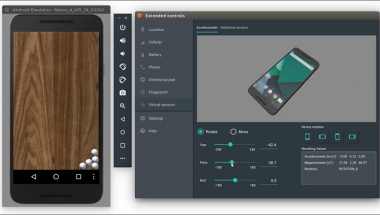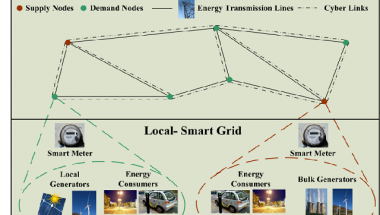Blog

Next Generation Photonic Memory Devices are Light Written and Ultra Fast
Though light is the most efficient way of moving information, it is difficult to store. As of now, there is heavy reliance on magnetic hard drives in order to transfer information at a high energy cost. But the next generation Photonic memory devices will be energy efficient and ultra fast.
In order to get the advantage of both light and magnetic hard drives, the researchers from the Institute of Photonic Integration of the Eindhoven University of Technology (TU/e) have developed a ‘hybrid technology’. With the help of this technology, the ultra-short (femtosecond) light pulses enable data to be written in a magnetic memory. This ensures a rapid and energy efficient way of transferring information. No sooner the information is written and stored, it moves forward and leaves space for the empty memory spaces to be filled with new information. The research was published in Nature Communications and is set to revolutionize the manner in which data is stored in photonic integrated circuits.
Photonic memory devices set to revolutionize data storage in a fast and energy-efficient manner
Data that is stored in hard drives is in the form of ‘bits’ which are magnetic domains having a north and a southpole. Magnetization or direction of the poles will determine if the bits contain a digital 0 or 1. Data is written by switching the direction of the magnetization of the associated bits. When there is an external magnetic field applied, switching occurs. This would result in the poles either up (1) or down (0). Another way of switching is by applying a femtosecond laser pulse. In the latter case data is stored in a more energy efficient and faster manner.
According to Mark Lalieu, a PhD candidate at the Applied Physics Department of TU/e, the all-optical switching to store data was known about ten years ago. The all-optical switching was first seen in ferromagnetic materials and this was found to be the best material for magnetic memory devices giving a great fillip to this field of research. Switching of magnetization in these ferromagnetic materials required multiple laser pulses and hence long data writing times.
More About Photonic Memory Devices
Lalieu along with ReinoudLavrijsen and Bert Koopmans were able to achieve all-optical switching in synthetic ferrimagnets. This material is very apt for spintronic data applications where a single femtosecond laser pulse is used, thereby taking advantage of high speed data writing and much less consumption of energy.
When comparing the all-optical switching with the magnetic storage technology, there is great potential for the use of all-optical use in photonic memory devices. Switching of magnetization direction with a single pulse all-optical switching is 100 to 1000 times faster than what is seen in today’s technology. Optical information is stored in magnetic bits without any need of energy-costly electronics.
Lalieu integrated all-optical switching with a magnetic wire through which the data, in the form of magnetic bits is efficiently transported by means of an electric current. In this case light is used for writing magnetic bits and is transported along the wire by an electrical current. Space is created for the empty magnetic bits for new data to be stored. Copying data between light and magnetic wires without any electronic intermediaries gives rise to high speed and reduction in energy consumption.
This research was tried with micrometric wires. Looking into the future, there could be devices in the nanometer scale for better integration on chips. When working towards the integration of photonic memory devices, the Physics of Nanostructure group is carrying out research whether the read-out of the magnetic data can be done all-optically also.



